This discussion and review contains spoilers for The Last of Us episode 1, “When You’re Lost in the Darkness.”
The first episode of The Last of Us is tasked with a lot of world-building and table-setting. The show has to introduce its characters, especially Joel (Pedro Pascal), and it has to establish the particular rules of this post-apocalyptic hellscape. It’s impressive and efficient. It is clear that writers Craig Mazin and Neil Druckmann understand the rules of the genre, and it is apparent that HBO has invested a substantial amount into the show’s production. It’s a clean grounding in this world.
There is an extent to which a lot of this feels strictly pro forma. Certainly, “When You’re Lost in the Darkness” runs through a laundry list of zombie movie clichés. It understands that there is a certain amount of infrastructure that has to be built for the story that it wants to tell, and it dutifully cycles through familiar scenes of social collapse, urban unrest, and horrific chaos.
Indeed, watching “When You’re Lost in the Darkness,” it can feel like the episode’s bumper length exists largely to cover as much ground as possible as quickly as possible. After all, it is easy to imagine a version of The Last of Us that splits this episode down the middle — the first half focusing on Joel and Sarah (Nico Parker) during the apocalyptic events, and the second exploring Joel’s life in post-apocalyptic Boston. This would even extend the show’s nine-episode season to a nice, round 10 episodes.
There’s nothing inherently wrong with this. Zombie movies endure because it is fun to play with the conventions of the genre: the mounting sense of dread and unease, the shots of panicked crowds running through familiar spaces, even the imagery of planes crashing out of the sky. Given how much HBO has riding on The Last of Us, the show can’t just skip over all that stuff. It has to deliver the spectacle. However, there’s also a sense that it’s the least interesting aspect of the series.

Still, the most interesting aspect of “When You’re Lost in the Darkness” is the way in which The Last of Us foregrounds the nature of its undead apocalypse. The series opens with a teaser ostensibly from a 1968 ABC chat show. The host (Josh Brener) presses his guests on the possibility of “a global pandemic,” an increasingly likely possibility in a world that is so interconnected, and one that obviously resonates in the wake of a devastating global pandemic in the real world.
However, Doctor Newman (John Hannah) doesn’t seem particularly perturbed by the possibility of a viral threat. Instead, puffing on his cigarette, Newman warns the audience about the threat of a fungal apocalypse. The crowd initially laughs at the idea. “Fungi seem harmless enough,” he concedes. “Many species know otherwise, because there are some fungi that seek not to kill, but to control.” He outlines, in harrowing detail, the nightmare of a possible fungal infestation.
The apocalyptic infection in The Last of Us is a variant of Ophiocordyceps. It is modeled on a real-life fungus that, as Newman explains in the show’s teaser, affects ants. It overrides their brains. It feeds on their body from the inside. When it has finished with its host, it cracks open their skull and sends spores into the air to spread its reach. When the video game was released, scientists praised the specificity and accuracy of the zombie apocalypse suggested by The Last of Us.
There was something in the air in the 2010s. The Last of Us was released in June 2013. The following year, writer Mike Carey would imagine a similar fungal apocalypse in The Girl with All the Gifts, which was adapted into a movie in 2016. The media had been fascinated with this fungus for years by this point, reporting on evidence it had been around for over 48 million years and covering new discoveries related to it in the Amazon. Mycology seemed to be having something of a moment in the early 2010s.
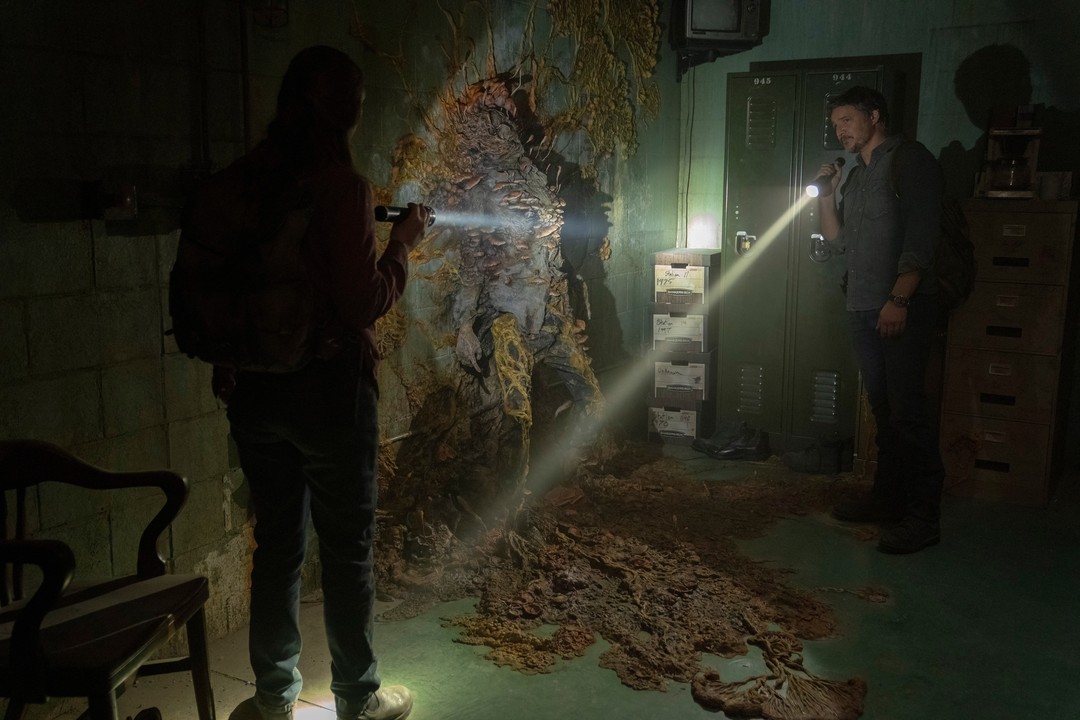
Of course, the actual zombies in zombie stories are rarely just zombies. Like most monsters, they are often elaborate metaphors. They serve as a commentary on the themes of the story being told. The zombies in Dawn of the Dead shuffle around the mall as a way of literalizing George Romero’s commentary on mindless consumption. Even within “When You’re Lost in the Darkness,” it is clear that The Last of Us is treating the central fungal infection in a similar way. It ties into what the show is about.
This is obvious just looking at the show’s opening credits. Superficially, they offer a stylized depiction of a spreading fungal infection. Veins of mycelia race across the screen. Sporophores build upwards from clusters, tall columns arching skywards. However, this spread is also a visual metaphor. Those structures resemble a cityscape. As the camera pulls back, the shape looks a little bit like an outline of the United States. In the closing moments, the tendrils form two figures, looking like two people.
The unsettling implication at the heart of this is that there may not be as wide a gulf between this fungal parasite and human civilization as one might like to hope. The Last of Us is a story about the nature of civilization. Specifically, it is a story about the bonds that form between people, the networks and connections that are built in service of larger structures: the family unit, government, relationships. It’s a fairly universal set of themes, but they are compelling.
Crucially, the emphasis on a fungal infection rather than the traditional viral host gets at the idea of co-dependence. After all, there is some debate among the scientific community about whether a virus can be considered “alive.” There is no such debate with a fungus. However, while Cordyceps is a living organism, it is still dependent on its hosts to spread and grow. Biologically, this is mutually beneficial, as Newman outlines that “it keeps its puppet alive by preventing its decomposition.”
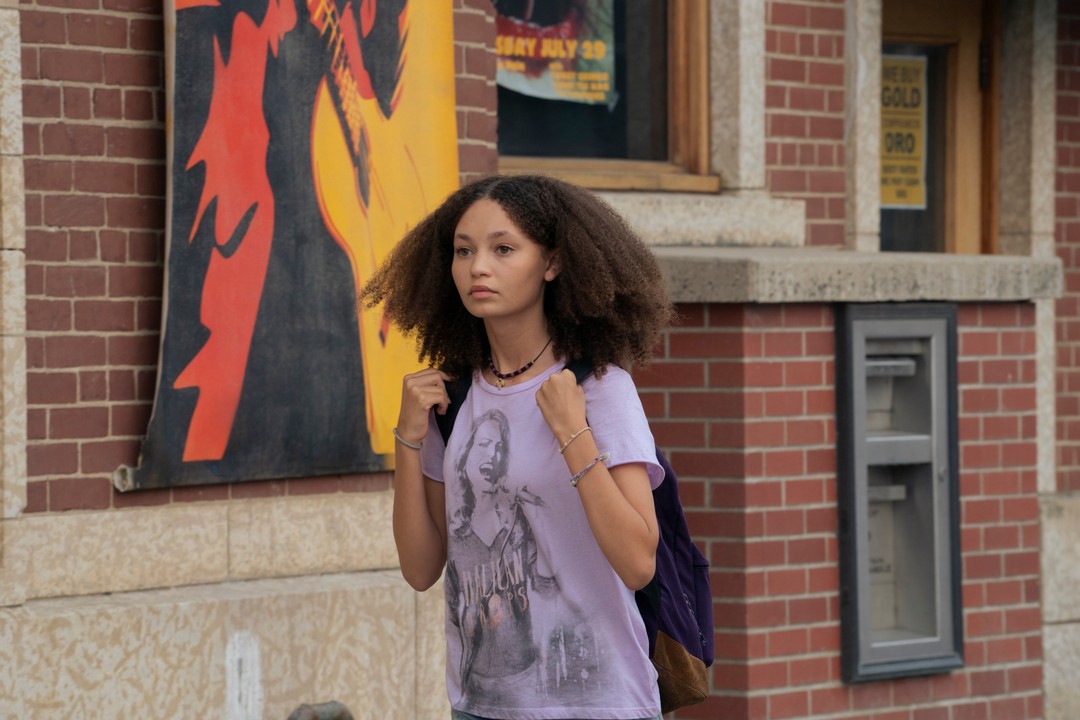
This is a dependency, albeit a monstrous one. This parallels the way that “When You’re Lost in the Darkness” frames its interpersonal relationships. In some ways, Cordyceps is not so different from something like FEDRA, the authoritarian regime that seems to protect its population largely so it can exploit and dominate them. It certainly doesn’t seem like FEDRA sees the residents of the Boston Quarantine Zone as much more than “puppets.” Those it deems inconvenient even end up dangling at the end of ropes.
Of course, these dependencies also exist between individuals. When Joel’s brother Tommy (Gabriel Luna) comes to visit him on his birthday, Sarah remarks, “He loves you.” Joel responds, “He’s dependent on me. Not the same thing.” This dependency is also played out with the Adlers, Joel’s neighbors. Danny (TBC) feeds Connie (TBC) in their front yard, literally having to push the food into her mouth to keep her alive.
It is clear from the outset that Joel is also dependent on Sarah. For his birthday, Sarah repairs his watch. However, it’s not a gift that can be measured in financial terms; she steals money from him to get it fixed. Instead, she does it because he is incapable of doing it for himself. “You were never going to do it for yourself,” she explains. She is not wrong. Years later, Ellie (Bella Ramsay) remarks to Joel, “Your watch is broken.”
This sets up a nice thematic conflict that runs through The Last of Us, contrasting the literally poisonous co-dependency that exists between Cordyceps and its hosts (and perhaps between FEDRA and its subjects) against the more organic bonds forged between human individuals. Joel’s relationship with Ellie clearly offers him a chance to heal from the loss of Sarah, if the two of them can learn to trust one another and accept that they share a dependence with each other.
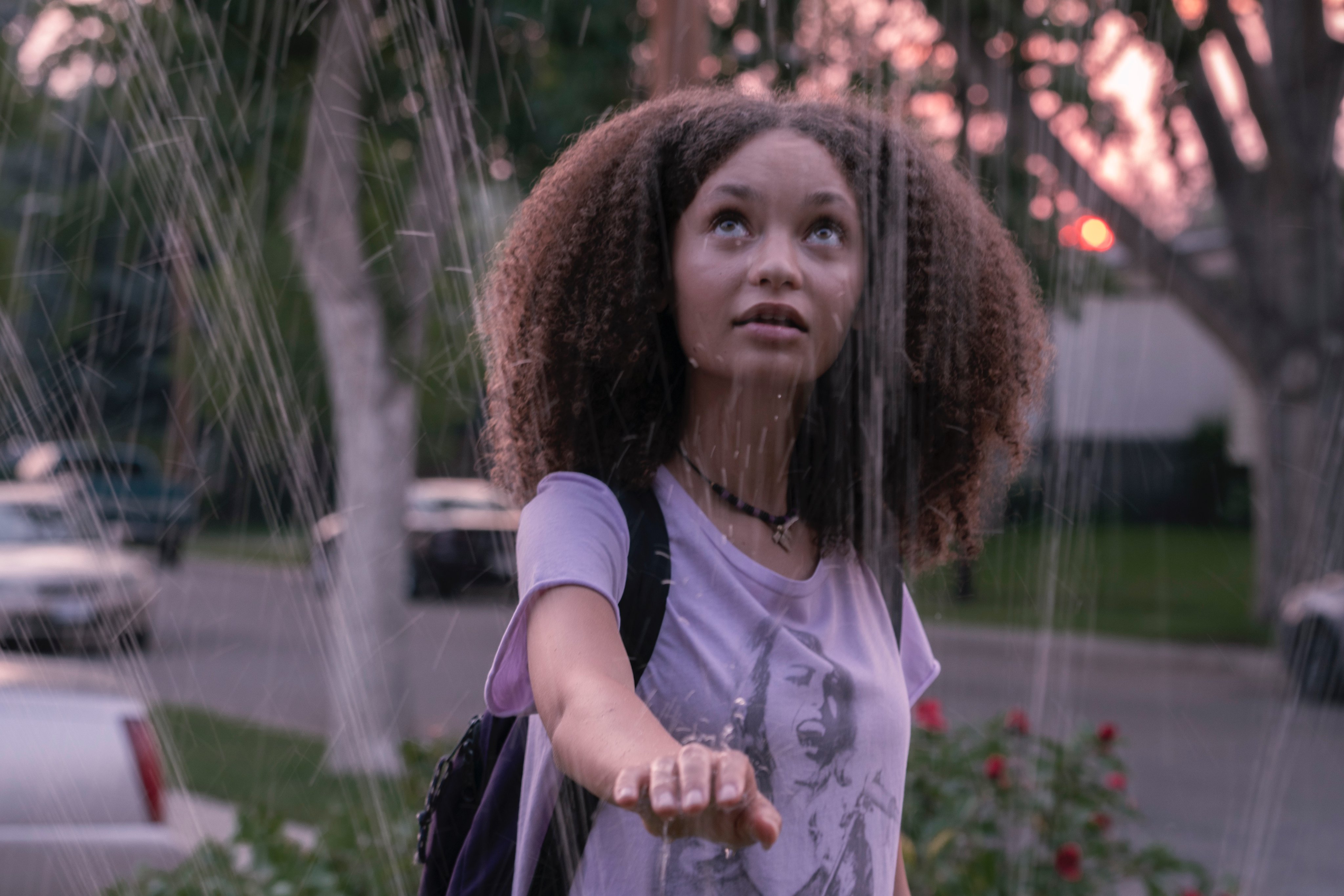
It is appropriate, then, that the post-apocalyptic landscape is introduced through the eyes of a child (Logan Pierce) who wanders into FEDRA custody. Infected, the child is euthanized by the local authorities as a compassionate soldier (Khadijah Roberts-Abdullah) promises him a better life. There is little room for human connection in this world. It is a risk and a potential liability. It is an effective way of establishing thematic stakes.
Indeed, “When You’re Lost in the Darkness” manages other less obvious metaphors. Without ever feeling heavy-handed, The Last of Us suggests that its apocalypse works as a metaphor for the existential threat of climate change. When Newman is chided for being paranoid and reminded that fungi cannot survive in the warmth of human bodies, he counters, “What if that were to change? What if, for instance, the world were to get slightly warmer? Well, now there is reason to evolve.” Hm. That would be a problem.
Again, “When You’re Lost in the Darkness” leans heavily on the familiar tropes of the zombie movie, most obviously the idea of the main characters being oblivious to the crisis until it is too late, a convention spoofed wonderfully by Shaun of the Dead. Joel half-listens to reports of strange happenings in Jakarta. Connie transforms in the background, behind Sarah, just out of focus. Police cars drive by the store window as Sarah gets Joel’s watch fixed. Everybody is too busy going about their business to notice.
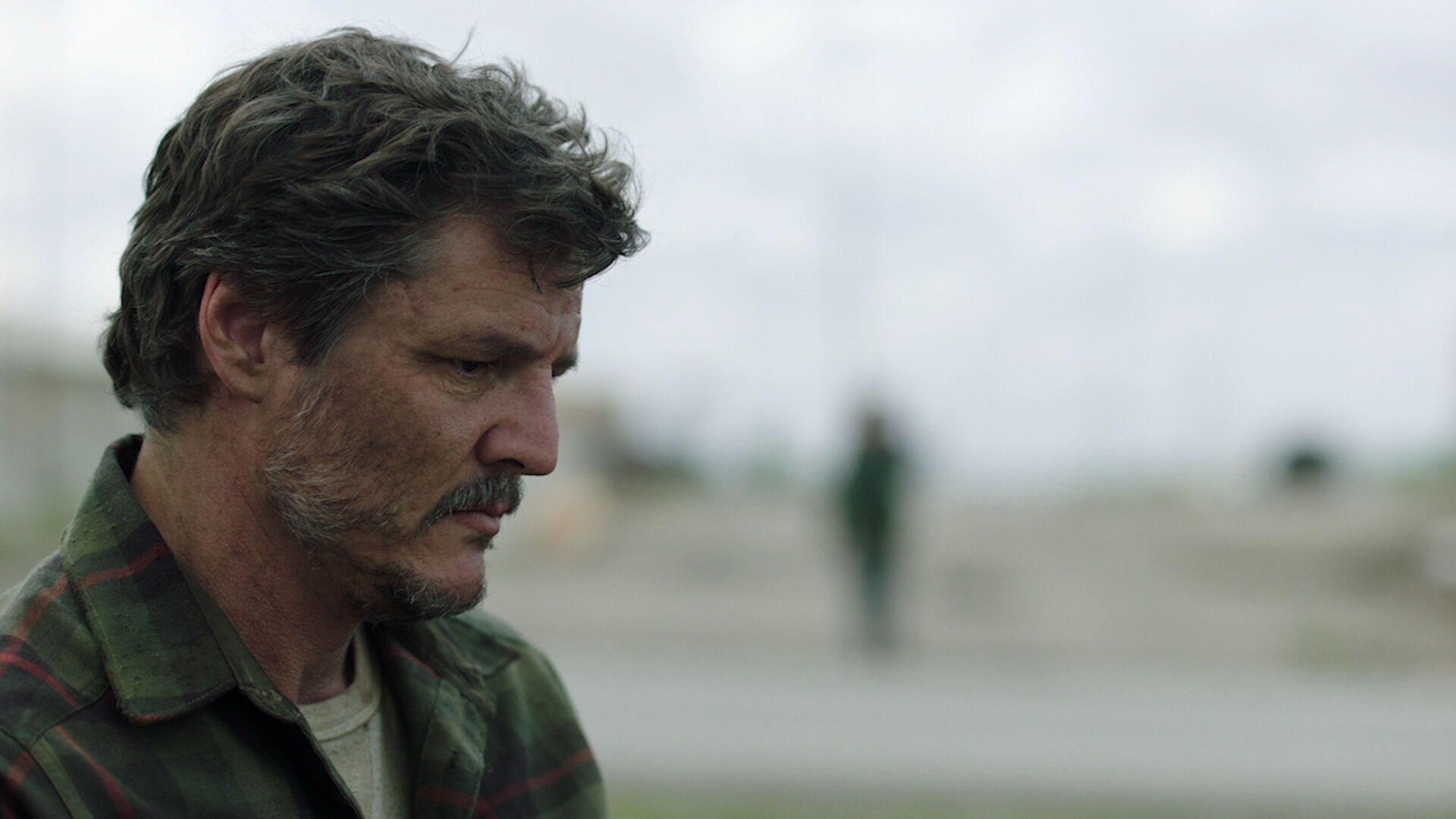
It is not new. It is not radical. However, it is an effective and clever angle on the logic that underpins these stories. After all, climate change is a crisis that — like Hemingway noted of bankruptcy — happens “gradually and then suddenly.” While there have been decades of evidence for those paying attention, people have only really begun to notice when it is too late to meaningfully reverse the trend. “When You’re Lost in the Darkness” tips its hand with its focus on the oven, cooking those raisin cookies.
The climate crisis also lends itself to metaphors about an older generation literally sacrificing their children’s future. Joel’s establishing arc is his failure to protect Sarah, who dies from a gunshot during the initial outbreak. Joel is reintroduced decades later, throwing the body of that euthanized child into the fire pits. This is the story of a world that has failed its children. This allows The Last of Us to put its own take on the zombie horror template.
“When You’re Lost in the Darkness” hits all of the beats expected from HBO’s new blockbuster zombie apocalypse show, even if some of those elements feel largely formulaic. However, in the finer details, there are hints of a much richer show waiting to burst out.
Related: How Does Infection Spread in HBO’s The Last of Us? on Twinfinite

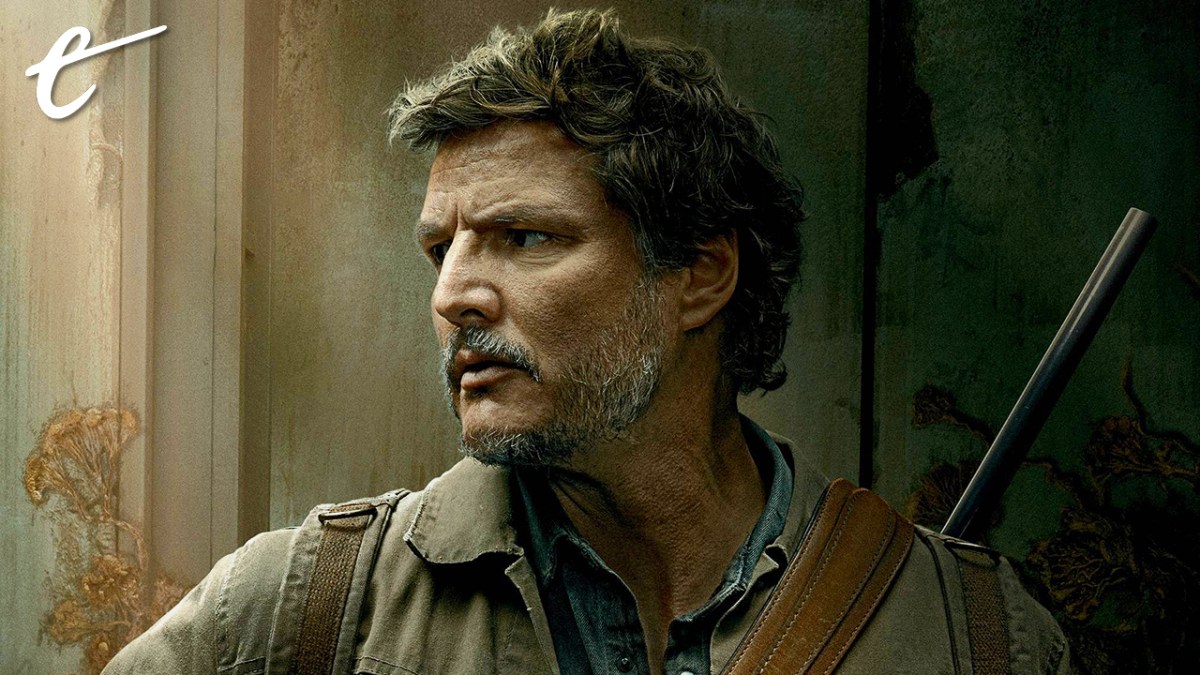




Published: Jan 15, 2023 10:25 pm